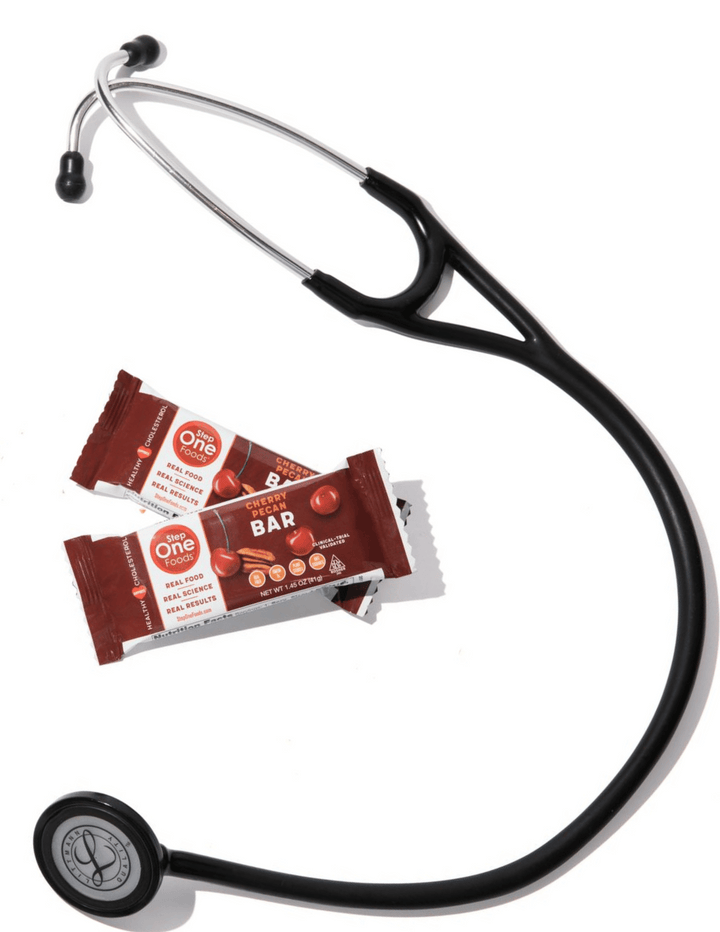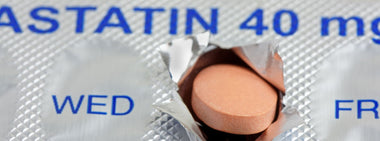There’s more to LDL cholesterol: Particle size and number

Did you know that the regular cholesterol profile might not provide you with all the information you might need about your LDL? Turns out, the LDL story goes deeper.
Conceptually, when you get your LDL number, what we’re giving you is a value measured in mg/dL – or milligrams per deciliter.
Huh??
A milligram is a unit of weight and a deciliter is a unit of volume. So what we’re telling you is that in a certain volume of blood, you have a certain weight of LDL cholesterol. This actually tells us nothing about the NUMBER OF LDL PARTICLES circulating in your blood stream. And this is a significant piece of missing information, since LDL can exist in many forms – ranging from very small to very large particles.
Which means that the total LDL weight might be coming from a few large particles or many small particles - small particles being worse since they can more easily sneak into artery walls, and because there would be more of them.
So you not only want a low LDL cholesterol mg/dL value, you also want the "mg" part to be made up of large particles.
And unless you know particle size or number, you can’t be sure if that’s the case. Testing for LDL particle size and number is called “LDL subfraction analysis” and the test should be done fasting.
But if knowing particle size could tell us more, why isn't subfraction analysis a routine test?
Accurately determining particle size and number is more difficult to do and requires specialized lab equipment, which is not universally available. And the test is significantly more expensive to perform compared to a regular cholesterol check.
But even without the fancy analysis, we do have some clues as to your LDL particle size based upon other findings in the cholesterol profile. For example, patients with high blood sugar, or those with high triglycerides and low HDL (good) cholesterol, tend to have small LDL particles, making it less critical to check this test in some patients.
Apolipoprotein B Blood Test
Another way of getting around analyzing your LDL subfractions directly is to check an apolipoprotein B blood test. Apoprotein B is a protein that attaches itself to all the really toxic cholesterol particles – especially small LDL. So an Apoprotein B level is like a marker of how much of your cholesterol is in the most unfavorable form. And it’s a widely available and inexpensive test. Normal ApoB levels fall below 90 mg/dL. In individuals with known heart or vascular disease or with diabetes, ApoB should fall below 80 mg/dL. And in case you're wondering, ApoB has nothing to do with Lipoprotein A, which is yet another marker of risk that doesn't show up in a regular cholesterol profile.
How I incorporate ApoB into lipid management is to look for is a discrepancy between ApoB results and LDL findings. So if LDL is high and ApoB is low, I’m feeling a bit better about the LDL level (since the low ApoB level is telling me that the LDL weight is made up of larger, less toxic particles). If LDL is low and ApoB is high, I know that we may need to be more aggressive in terms of cholesterol lowering (since I’m dealing with a bunch of small particles).
If you’ve never had your LDL particle number or ApoB levels evaluated, you’re not alone. These tests are not routine and most of the major studies that have looked at the effects of cholesterol on heart disease have only dealt with the mg/dL type of LDL measurements, and all the recommendations for LDL goals have used the mg/dL values, removing LDL particle number/size and ApoB levels from routine clinical use (although enthusiasm around ApoB is growing).
So when should you have these tests done? In my practice, I look into these additional LDL parameters as part of an evaluation of someone who has a strong family history of heart disease - or has a coronary calcium score that is significantly higher than would be expected based upon age and gender. These are the same individuals I would be checking a lipoprotein A level in. And I use the results to guide how aggressive I need to be in terms of LDL management.
If you have a lot of small LDL particles, I will typically try to get your LDL even lower than I would without that additional piece of information, the logic being if your LDL is in a worse format, we can neutralize that by having less of it around in general.
The Bigger Picture
OK. That was a lot of information about the minutiae of cholesterol assessment. And it’s easy to get lost in this stuff and go down rabbit holes, especially if you start googling. Which is why I need to bring us back to the bigger picture. In the end, the “cure” for small particles is the same as the cure for nearly everything that ails us – a healthful diet, regular exercise and attainment/maintenance of a healthy weight.
So just know that when you’re eating a Step One bar, going for a walk or doing something else good for heart health, your efforts are likely translating not only into lower LDL cholesterol mg/dL values but also improved LDL particle size.
Win-win!

Tested & Proven Results.
- Cardiologist formulated
- Supported by over 500 publications
- Clinically-proven, in a double-blind randomized trial with Mayo Clinic and The University of Manitoba
80% of participants lowered their cholesterol in just 30 days. With just two servings per day, Step One Foods offers a proven-effective way to naturally lower LDL (bad) cholesterol.
Get heart health tips and articles like this, delivered right to your email.
New articles every week.
You may also like...

Insulin Resistance, Prediabetes and Type 2 Diabetes. Part 1: Defining the Problem

The 95% Problem: Is Your Doctor Missing the Fastest Way to Lower Cholesterol?

You don’t need to avoid foods with cholesterol…except for these


